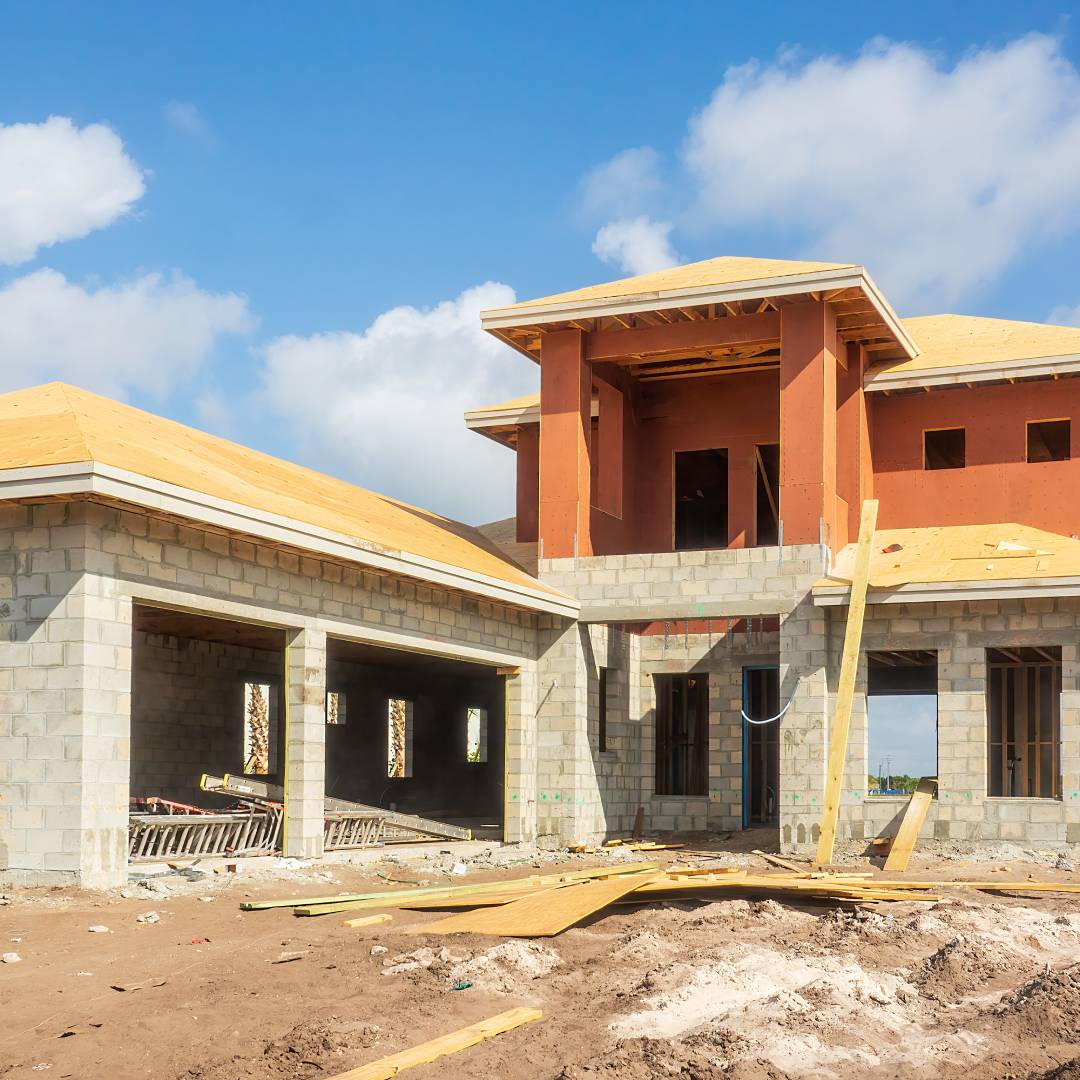When it comes to putting up a new building, the choice of materials can make all the difference. This decision affects the aesthetic appeal, durability, sustainability, and overall cost of your structure.
Choosing the best material for your new building should be straightforward. We’ll guide you through the various options, helping you make an informed decision that aligns with your vision and requirements.
Wood
Wood has been a building material for centuries, and it remains a popular choice. It’s versatile, renewable, and offers a natural aesthetic appeal. However, wood is susceptible to moisture and pests, which can lead to decay. Modern treatments and engineered wood products have mitigated some of these issues, making wood a more durable option.
Concrete
Concrete is one of the most widely used building materials thanks to its strength and durability. It’s relatively inexpensive, and you can mold it into various shapes. However, traditional concrete has a significant environmental impact due to its production process. Innovations like green concrete, which incorporates recycled materials, are helping to reduce this impact.
Steel
Steel offers strength and flexibility, making it the perfect solution for designing your metal building. It’s an excellent choice for structures that require a high degree of support, such as skyscrapers and bridges. Steel is also recyclable, making it a more sustainable option. However, it can be prone to corrosion, so it requires proper maintenance and protection.
Brick
Brick is a classic building material known for its durability and thermal mass properties. It provides excellent insulation, keeping buildings cool in the summer and warm in the winter. While brick can be more expensive than other materials, its longevity and low maintenance needs can offset the initial cost. Additionally, new technologies like brick veneer offer a more affordable alternative to other materials.
Renewable Materials
Choosing eco-friendly materials can reduce the environmental impact of your building and contribute to a healthier planet. Recycled steel, concrete, and reclaimed wood reduce waste and minimize the environmental impact of your building. Also, consider renewable materials like bamboo, cork, and straw bales that farmers can grow and harvest without the use of harmful chemicals. They also have excellent insulation properties and can significantly reduce energy consumption in buildings.
Bring Your Vision to Life
Choosing the best material for your new building is a critical decision that can impact the durability, energy efficiency, and overall cost of your project. By exploring the pros and cons of each option, you can make an informed decision that aligns with your vision and requirements.

